Exploring Budapest Through Guided Walking Tours
Walking around Budapest is honestly the best way to see this city. You get to hear all these amazing stories about emperors and revolutions while you walk on cobblestones that have been here for hundreds of years. We always tell people that if you want to really understand Budapest, you need to walk it with someone who knows what they're talking about.
The city looks incredible when you're on foot. The Parliament building, Buda Castle, the Jewish Quarter - they all have these crazy stories that you'd never know just by looking at them. We've done tons of walking tours here, and trust us, having a good guide makes all the difference. You can find everything from completely free tours where you just tip what you think it's worth, to really fancy private tours with actual historians.

What Kind of Walking Tours You Can Find
Budapest has so many different walking tours that it can get pretty overwhelming. But that's actually a good thing because no matter what you're into, there's probably a tour that fits exactly what you want to see.
History Tours That Go Deep
If you love history, you're going to have a hard time choosing. There are tours that focus on just one time period, like when Budapest was part of the big Austro-Hungarian Empire. We went on one of these and learned so much about how the city became this major financial center.
The communist tours are really interesting too. They show you what life was like during the Cold War, and some of the guides actually lived through that time, which makes it super real.
But the Jewish heritage tours are probably some of the most important ones you can take. We did one that took us through the Jewish Quarter to the huge Dohány Street Synagogue. The stories about what happened during World War II and how the community survived are really powerful. There's this memorial called the Tree of Life that honestly made us both cry.
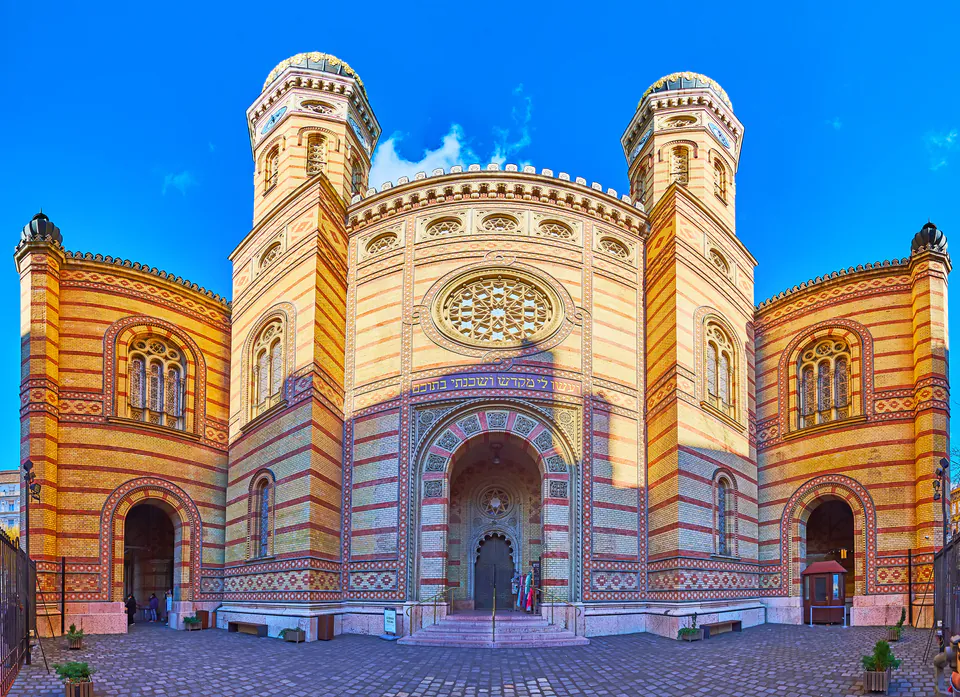
Culture and Art Tours
The art nouveau tours here are amazing if you're into architecture. Budapest went through this huge cultural boom in the early 1900s, and you can see it in all these incredible buildings. We discovered that Hungarian architects didn't just copy what was happening in other countries - they made their own style that's totally unique.
And the café culture tours? Those are so much fun. Budapest used to have all these grand coffeehouses where writers and artists would hang out for hours. Some of them are still around, and when you sit in one with those marble tables and fancy chandeliers, you can almost imagine what it was like back then.
Food Tours That Actually Fill You Up
We're huge fans of the food tours because you get to walk around AND eat authentic Hungarian food. The guides take you to try goulash (the real kind, not the tourist version), chimney cake, and this strong fruit brandy called pálinka that will definitely wake you up.
Most food tours include a stop at the Great Market Hall, which has been around for over 100 years. We learned so much about Hungarian ingredients and how to pick out the good stuff. Plus, the guides know which vendors give you the best prices.

The Weird and Fun Tours
Some of the most entertaining tours are the ones that focus on really specific themes. The vampire walking tours sound cheesy, but they're actually pretty well done. They take you around the Buda Castle area at night and tell you all these old folklore stories. The medieval streets make it feel pretty spooky.
We love the ruin bar tours because these places are just so Budapest. People took these abandoned buildings and turned them into these crazy artistic spaces with mismatched furniture and plants growing everywhere. It's like nothing we've seen anywhere else.
There are also cave tours that go underneath Buda Castle. We had no idea there was this whole underground world down there. The caves have been used for everything from storing wine to hiding during air raids. It's pretty cool but definitely not for anyone who doesn't like tight spaces.
Who Runs the Best Tours
There are a bunch of different companies doing walking tours in Budapest, and they all have their own style. We've tried several and can tell you which ones are worth your money.
Insight Cities - For the History Nerds
These guys are serious about their history. All their guides have PhDs or master's degrees, so it's like taking a university class while walking around the city. Their tours cost more than others, but if you really want to understand what you're looking at, they're worth it.
We did their "Downtown Pest" tour that explains how this part of the city became so important during the empire days. It starts at this fancy café called Szamos, and for three hours you get this incredible education about politics and money in old Budapest. Their Buda Castle tour talks about all the different ethnic groups that lived here, which was really eye-opening.
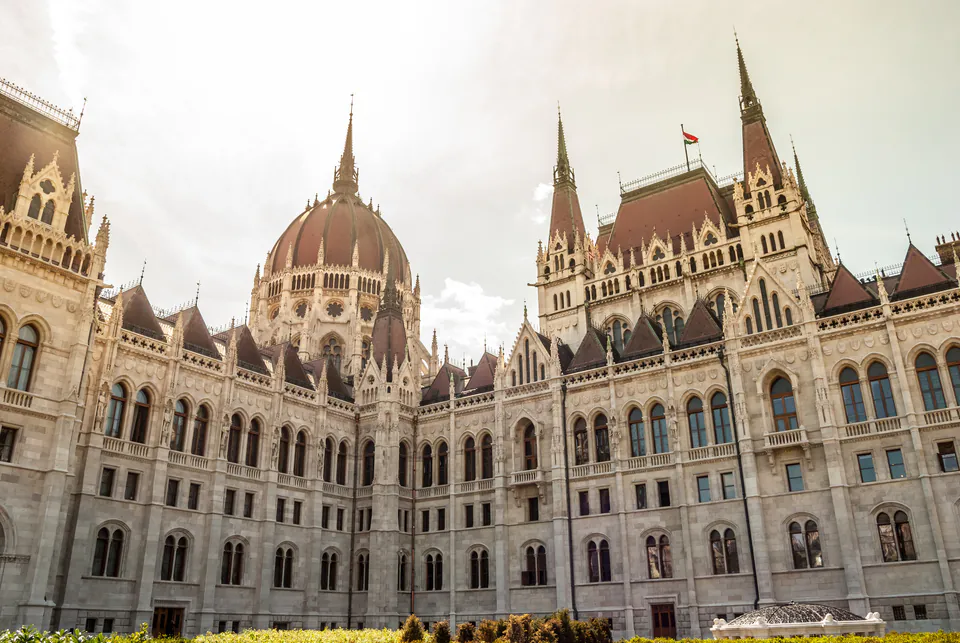
Budapest Adventures - Fun and Easy
If you want something more relaxed and entertaining, Budapest Adventures is great. Their tours are shorter and way more fun than the academic ones. We did their vampire tour one night and had a blast. They tell you the legends but also explain what actually happened, so you're not getting total nonsense.
Their cave labyrinth tour is pretty unique - you get to go underground beneath Buda Castle. And they do Jewish Quarter tours on a donation basis, which is awesome if you're on a tight budget but still want to learn from someone who knows their stuff.
ToursByLocals - Just for You
This company does private tours where you can basically design your own experience. We used them when we wanted to focus specifically on photography spots, and our guide knew exactly where to take us for the best shots.
You pay more for private tours, but you can go at your own pace and ask all the questions you want. They have guides who specialize in different things, so if you're into architecture or family history research or whatever, they can match you with the right person.
Context Travel - The Expensive but Good Option
These tours are pretty pricey, but the guides are legit experts. We're talking historians, theologians, people who really know their stuff. It's like having a private professor show you around.
Their Jewish history tour was incredible - the guide was actually a historian who specialized in that exact topic. They also do politics tours where they explain current events in Hungary and how they connect to history, which was really interesting.
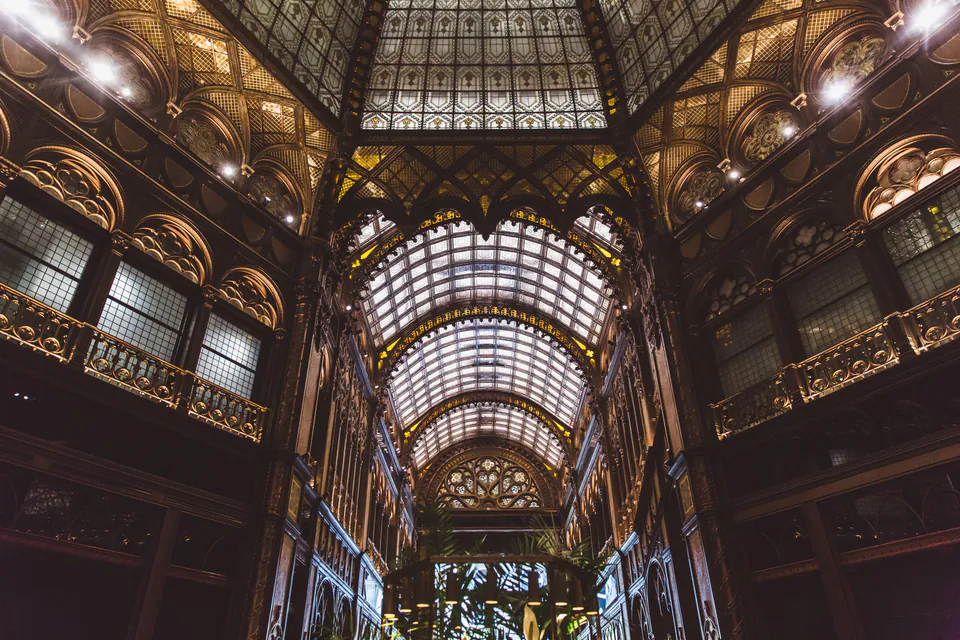
Free Walking Tours
The free tours in Budapest are actually really good, which is kind of amazing when you think about it. You don't pay anything upfront - you just tip the guide whatever you think the tour was worth at the end.
Trip to Budapest runs most of the free tours here. They do a main Budapest tour twice a day during busy season, and it covers all the major spots. We've done it a couple times with friends who were visiting, and it's a solid introduction to the city.
They also have specialized free tours for different areas. The Buda Castle one focuses just on that historic area, and there's a Jewish Quarter tour that covers the cultural stuff and war history. The communist tour is pretty interesting too - they show you what life was like under socialism.
The guides work for tips, so they're usually pretty motivated to make the tour good. Most people tip around €10-20 per person, but you can give more or less depending on how much you liked it and what you can afford. We always tip on the higher end because these guides work really hard.
Popular Walking Tour Comparison
| Tour Name | Operator | Duration | Price Range | Main Focus |
|---|---|---|---|---|
| Downtown Pest Imperial Tour | Insight Cities | 3 hours | $90-315 USD | Imperial history & architecture |
| Night Vampire Tour | Budapest Adventures | 2 hours | €21 | Legends & folklore |
| Jewish Quarter Tour | Various operators | 2.5 hours | Free-€30 | Jewish heritage & history |
| Buda Castle Walking Tour | Trip to Budapest | 2 hours | Free (donation) | Castle District highlights |
| Art Nouveau Architecture | Context Travel | 3 hours | From $351 USD | Architectural heritage |
| Ruin Bar Tour | Multiple operators | 2-3 hours | €20-40 | Alternative culture & nightlife |
How to Book and What to Expect
Booking walking tours can be pretty straightforward, but there are definitely some things you should know to avoid problems.
Where and When to Book
For the popular paid tours, you really need to book ahead, especially if you're visiting in summer. We learned this the hard way when we tried to book an Insight Cities tour the day before and everything was full.
The fancy companies like Context Travel almost always need advance booking because they have to match you with the right guide. But the free tours usually take walk-ups, though it's still smart to register online so they know how many people to expect.
We like using sites like GetYourGuide or Viator because you can read reviews from other people and compare prices easily. Sometimes it costs a bit more than booking directly, but the customer service is usually better if something goes wrong.
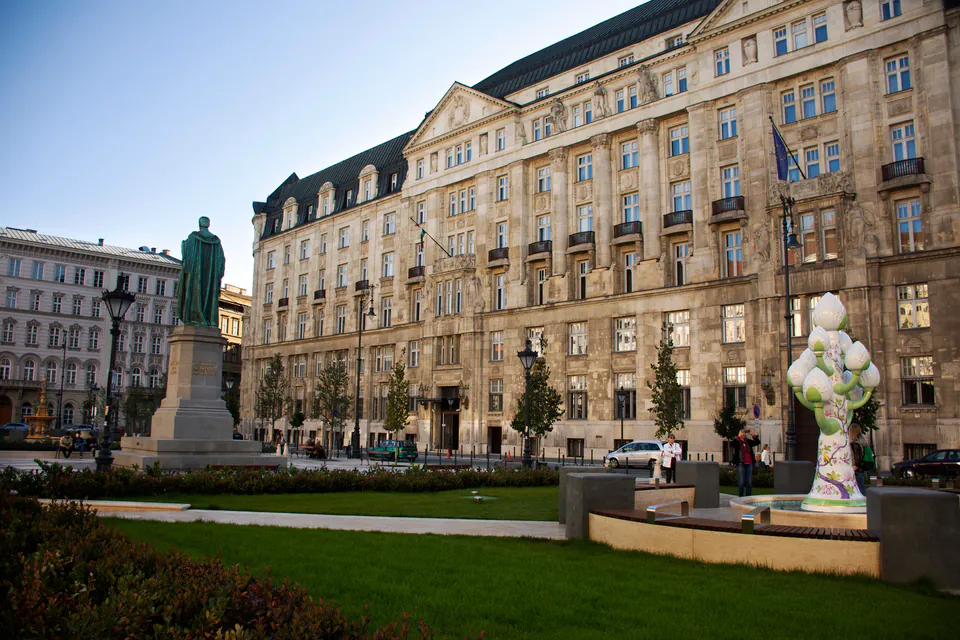
Getting Ready for Lots of Walking
These tours involve way more walking than you might think. You're usually looking at 2-4 kilometers over 2-3 hours, and that's on cobblestones and sometimes up hills. We can't stress this enough - wear good walking shoes. We saw people in flip-flops or heels who were miserable by the end.
The Buda Castle area has tons of stairs and hills, so those tours are definitely more physically demanding. The tours that stay on the Pest side are much flatter and easier.
Check the weather before you go and dress in layers. Budapest weather can change pretty quickly, and you don't want to be stuck in the rain without an umbrella or sweating in a heavy coat. Bring water too, especially in summer when it gets really hot.
What It's Like in a Group
Group sizes vary a lot. The free tours can have 20-30 people, which means you might not hear everything if you're in the back. Private tours are obviously just you and your group, which is way more personal but costs more.
Show up early. Tours leave right on time, and if you're late, you might miss it completely. We always get there 10-15 minutes early to check in and use the bathroom if we need to.
Ask questions if you have them - good guides love when people are interested. But don't monopolize the whole tour with your questions because other people want to learn too.

How to Pick the Right Tour
With so many options, choosing can feel overwhelming. But if you think about what you actually want to get out of it, the choice gets easier.
Match Your Interests
If you're a total history buff, go for the tours with actual historians like Insight Cities. We love history, so those longer, more detailed tours are perfect for us. But if you just want a general overview, the free tours or Budapest Adventures might be better.
Food lovers should definitely do a food tour. We did one early in our trip, and it helped us figure out what Hungarian dishes we wanted to try again later. Plus, you learn about ingredients and cooking methods that make eating at restaurants more interesting.
If you're into photography, ask about private tours where you can stop for photos whenever you want. Group tours move pretty fast and don't always stop at the best photo spots.
The vampire tours and ruin bar crawls are great if you want something more entertaining than educational. We did the vampire tour with some friends, and it was a fun night out rather than a serious history lesson.
Think About Your Limits
Be honest about how much walking you can handle. The castle district tours involve a lot of uphill walking and stairs. If that sounds tough, stick to the Pest-side tours that are mostly flat.
Consider how much time you have. The comprehensive tours can take 3-4 hours, which is a big chunk of your day. If you're only in Budapest for a short time, you might want to do a shorter overview tour instead.
Budget obviously matters too. Free tours are great if money's tight, but remember you should still tip. The expensive private tours are amazing if you can afford them, but there are plenty of good options in between.
Most tours are in English, but some companies offer other languages. Check when you book if that matters to you.
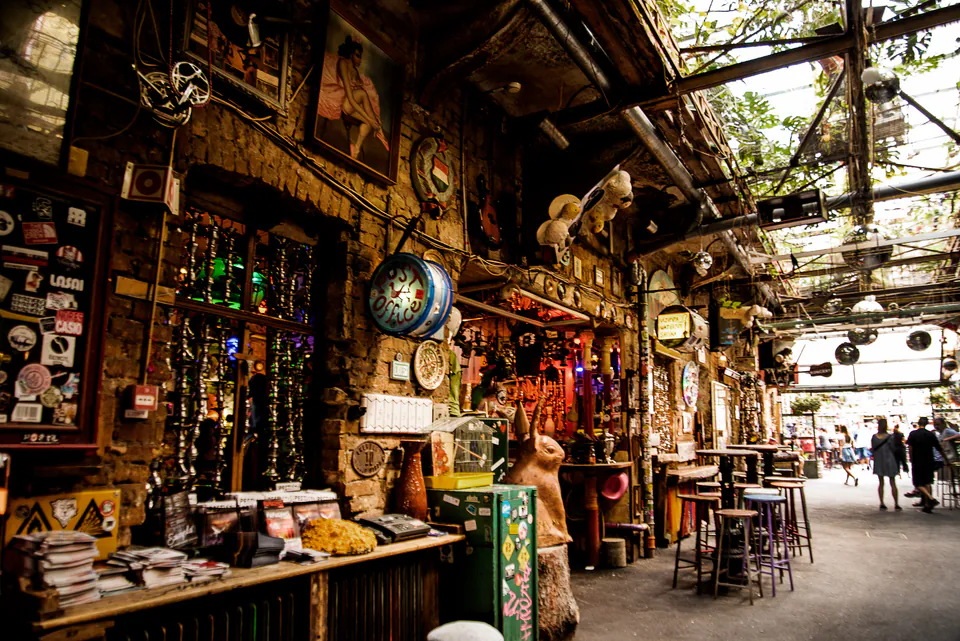
When to Visit and Special Events
The time of year you visit Budapest makes a huge difference for walking tours. Each season has its pros and cons, and knowing what to expect helps you plan better.
Spring and Summer - The Good and Bad
Warm weather is obviously great for walking around outside. The days are longer, so you can do evening tours that show off Budapest's incredible nighttime lighting. The Parliament building and Chain Bridge look amazing when they're all lit up.
When it's nice out, tours can include outdoor café stops and market visits that are way more pleasant than in winter. Some routes go through parks and along the river, which are much better when it's warm.
But summer is also peak tourist season, which means bigger crowds and higher prices. Popular tours fill up faster, and attractions get pretty crowded. We've been on summer tours where the guide had to work really hard to keep the group together because there were so many other tourists around.
Fall and Winter - Fewer Crowds but Different Challenges
We actually love doing tours in the cooler months because there are way fewer tourists. Groups are smaller, attractions aren't as crowded, and guides have more time to answer questions and go off the planned route a bit.
Winter tours during Christmas season are really special. The Christmas markets, decorations, and seasonal food create this whole different atmosphere that you can't get any other time of year. And when it's cold outside, hearing about the thermal baths makes you want to visit them even more.
The downside is shorter days, which limits when tours can run. And Budapest weather can be pretty unpredictable in winter, so you need to be ready for anything. Some outdoor attractions might have weird hours or be partially closed.